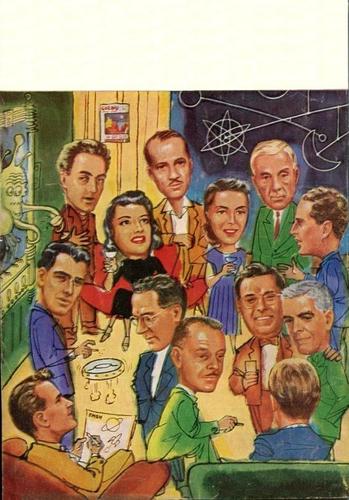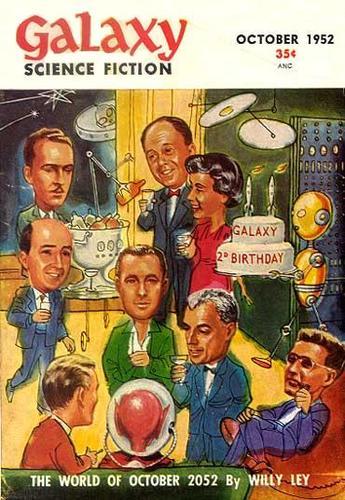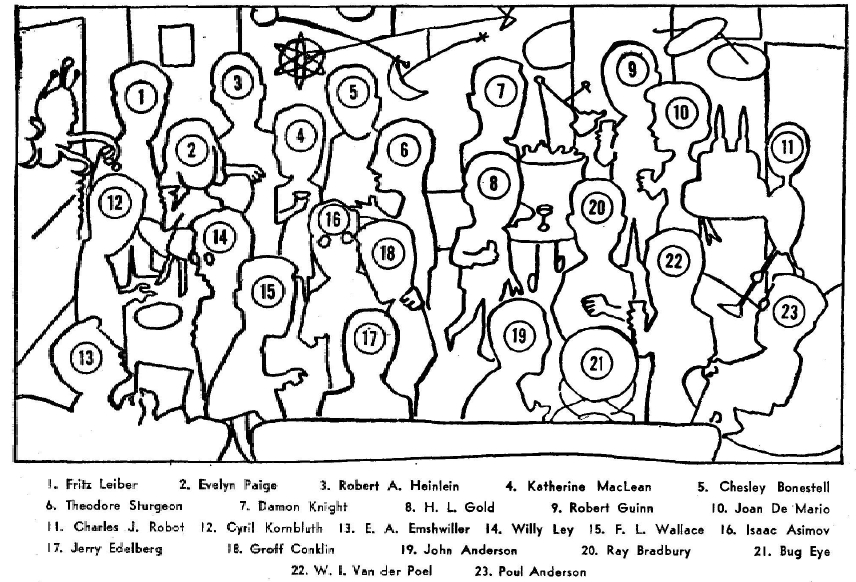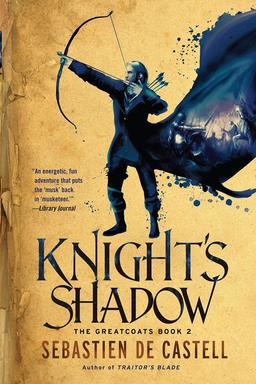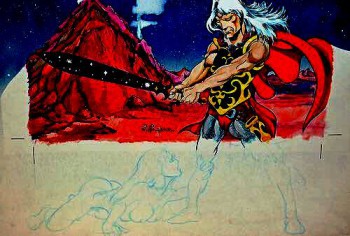June Short Story Roundup
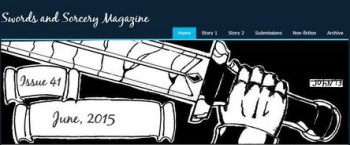 It’s that time again, folks: the short story roundup! June was a pretty good month, with some nice work from lesser-known (to me, at least) authors as well as some bigger names. A good sample of work from the spectrum of heroic fiction.
It’s that time again, folks: the short story roundup! June was a pretty good month, with some nice work from lesser-known (to me, at least) authors as well as some bigger names. A good sample of work from the spectrum of heroic fiction.
While there’s not a lot of action in either of Swords and Sorcery Magazine Issue 41‘s two stories, there is some very good writing.
The first, “Wind Song” by Kevin Cockle, is my favorite story this month. The narrator is a member of a class that possesses the special talent to control djinns, which are then used to power flying ships. His nation has fought great wars against the Kyberi, a people who fly dragons into battle. In the past the dragon-riders were often victorious, but now their enemies have developed weapons and stratagems to defeat them.
When the ship he directs is pursued by a dragon, the narrator finds he is able to make a psychic connection with its rider. From her he gains insights into the enemy he has never had before.
It’s a simple story with not much plot, but Cockle writes wonderfully.
The waters in the Bay of Nandorin are freakish clear – like stained blue glass – and one can see clearly the sunken hulks of long-ago warships littering the sea-floor like scattered toys. Though a man grown, I became a boy again whenever we made Nandorin, peering down into the pristine depths at the haphazard city of ghost-ships beneath. On the surface, stone towers stood like widely spaced square teeth across the mouth of the bay: their anxious sentinels craning their necks skyward to track our dragon-shadow.
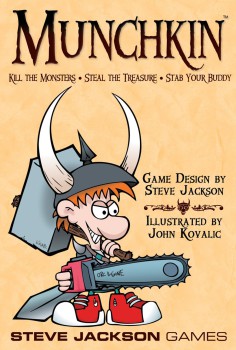
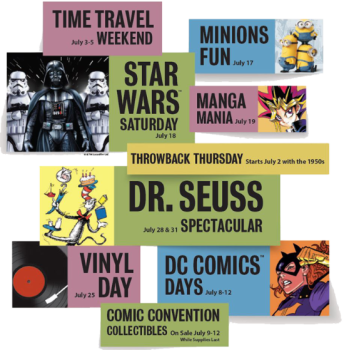
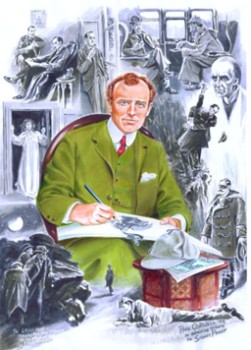

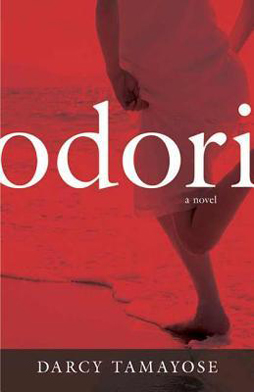 Darcy Tamayose’s novel Odori was published in 2007, and in 2008 won the Canada Council of the Arts’ Canada-Japan Literary Award for an English-language book. Lush yet understated, Odori uses dreams, ghosts, and the fantastic to frame the story of a woman’s life, told across generations. I think more than most books, it can profitably read in a number of ways; but what for me is most striking is its approach to storytelling and the layering of tales.
Darcy Tamayose’s novel Odori was published in 2007, and in 2008 won the Canada Council of the Arts’ Canada-Japan Literary Award for an English-language book. Lush yet understated, Odori uses dreams, ghosts, and the fantastic to frame the story of a woman’s life, told across generations. I think more than most books, it can profitably read in a number of ways; but what for me is most striking is its approach to storytelling and the layering of tales.